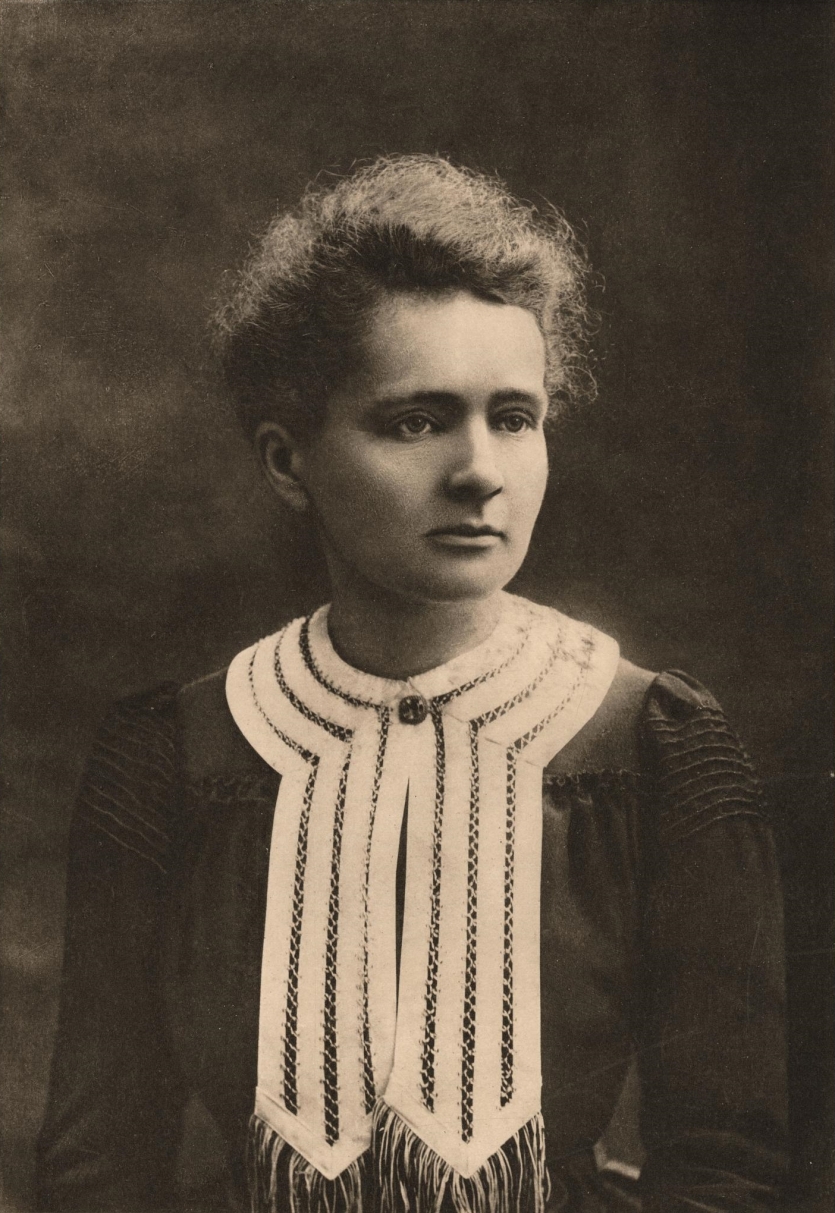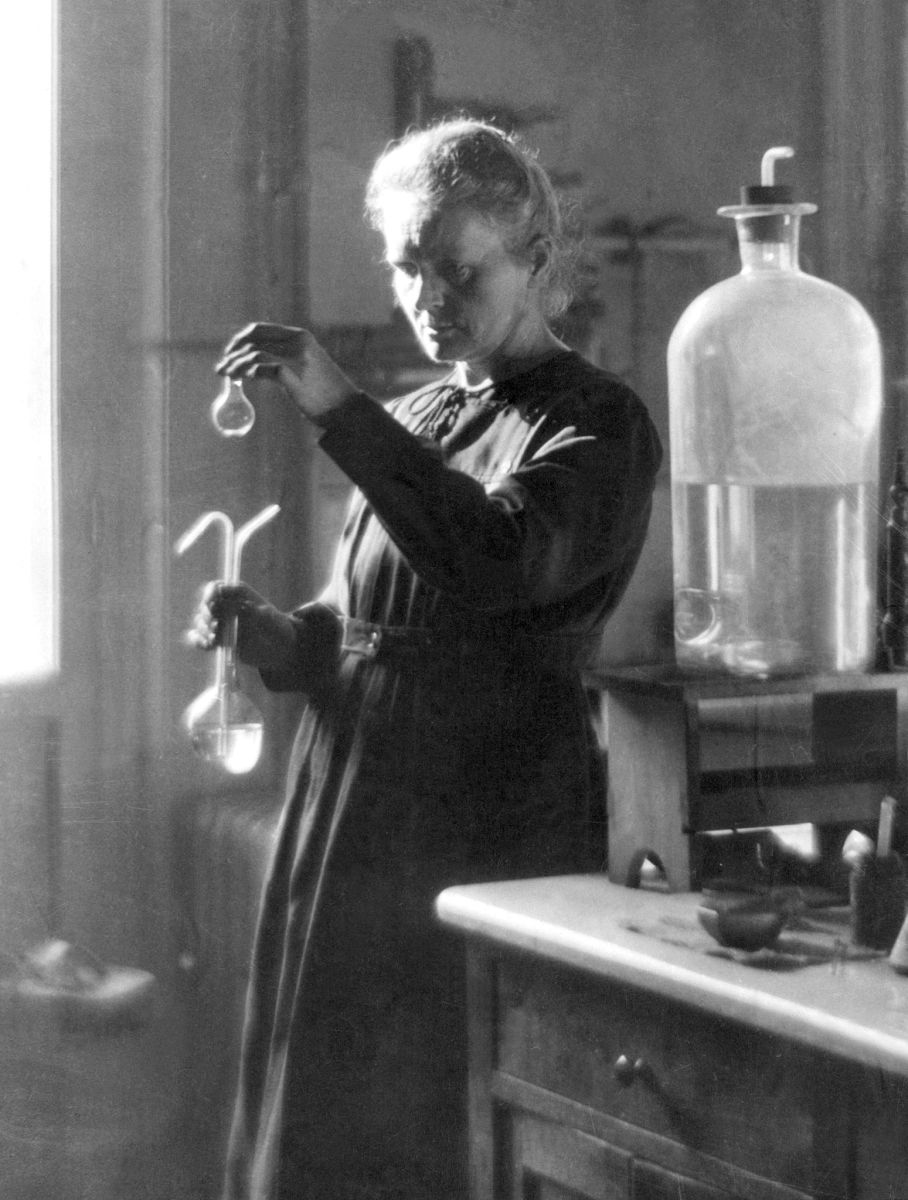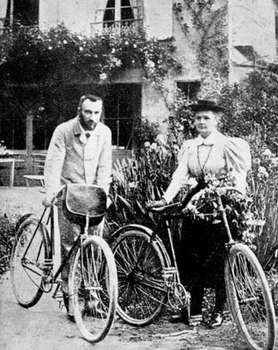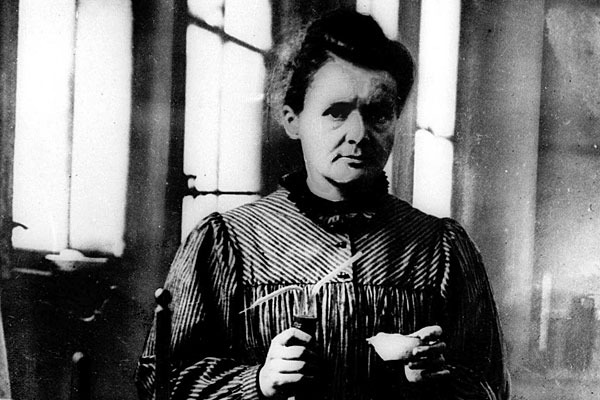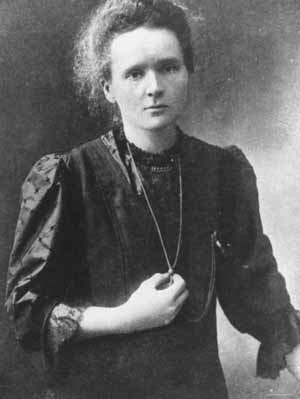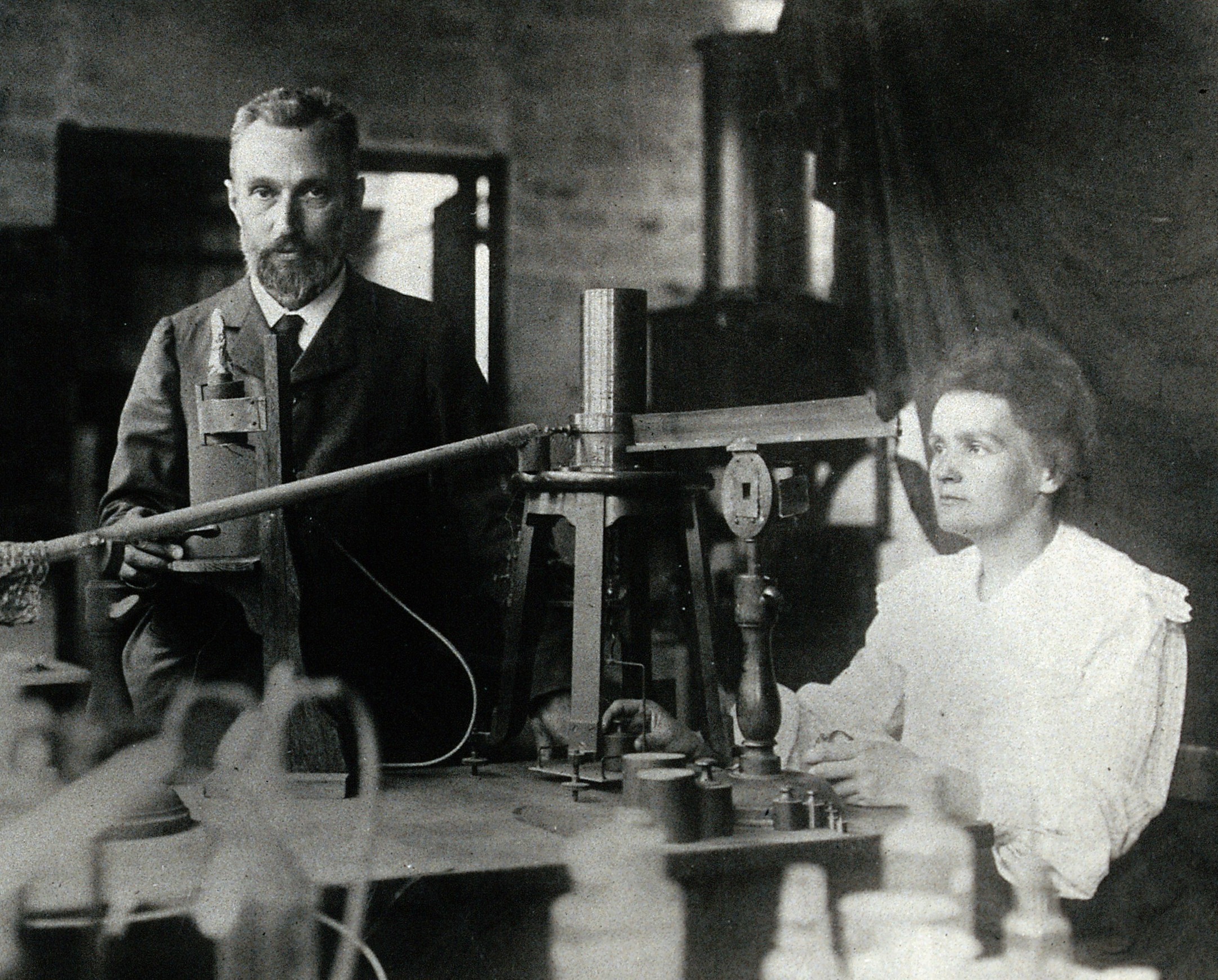About Marie Curie
Marie Curie is best known for discovering radiation and identifying the properties of radium, for which she won two Nobel Prizes, one in Physics and the other in Chemistry. However, success did not come easily to Marie and she had to overcome many obstacles along the way.

